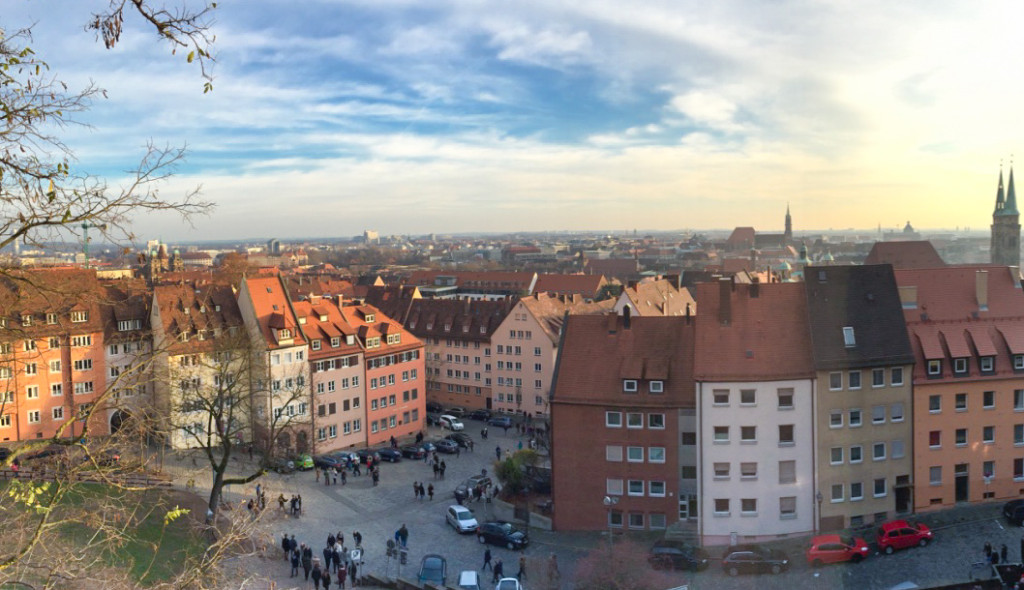Nuremberg, a city rich in history and culture, captivates visitors with its medieval charm and modern vibrancy. From its well-preserved medieval architecture to its cultural attractions and vibrant markets, Nuremberg offers a diverse range of experiences. In this exploration, we delve into the reasons why Nuremberg is indeed worth visiting.
Rich Historical Significance
Nuremberg stands as a testament to Germany’s historical significance, particularly during the medieval period and the Renaissance. The city’s well-preserved medieval architecture, including the iconic Nuremberg Castle, transports visitors back in time. The castle, perched atop a hill, offers panoramic views of the city and surrounding landscapes, providing a glimpse into Nuremberg’s medieval grandeur.
Nuremberg Castle: A Timeless Fortress
The Nuremberg Castle, comprising several buildings and towers, showcases various architectural styles from different eras. The Imperial Castle, Kaiserburg, within the complex, served as an important imperial residence in the Holy Roman Empire. Exploring its courtyards, ramparts, and historic rooms provides a captivating journey through the city’s past.
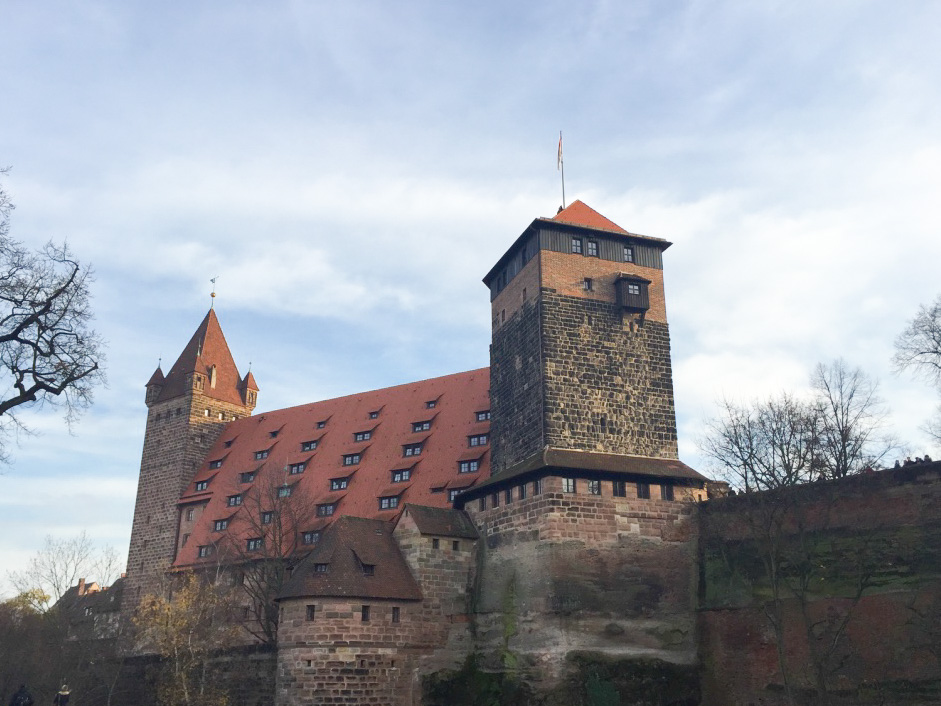
Cultural Attractions and Museums
Beyond its historical sites, Nuremberg boasts a vibrant cultural scene. The city is home to numerous museums, galleries, and theaters that celebrate its artistic and intellectual heritage.
Germanisches Nationalmuseum: A Cultural Treasure Trove
The Germanisches National museum, one of the largest cultural history museums in the German-speaking world, houses an extensive collection spanning art, artifacts, and historical objects. Visitors can immerse themselves in Germany’s cultural evolution, from the Middle Ages to the present day.
Documentation Center Nazi Party Rally Grounds: A Sobering Reflection
For those interested in World War II history, the Documentation Center Nazi Party Rally Grounds provides a somber yet essential experience. The museum, located on the former Nazi Party Rally Grounds, offers insights into the rise of the Nazi party and its impact on Nuremberg.
Vibrant Markets and Festivals
Nuremberg’s lively markets and festivals add a touch of flair to the city’s ambiance. Whether it’s the world-famous Christkindlesmarkt or other seasonal festivals, visitors can partake in the local traditions and indulge in authentic culinary delights.
Christkindlesmarkt: A Festive Extravaganza
The Christkindlesmarkt, Nuremberg’s Christmas market, is renowned worldwide for its festive atmosphere and traditional charm. Stroll through the market’s stalls adorned with ornaments, crafts, and local treats, and experience the magic of the holiday season.
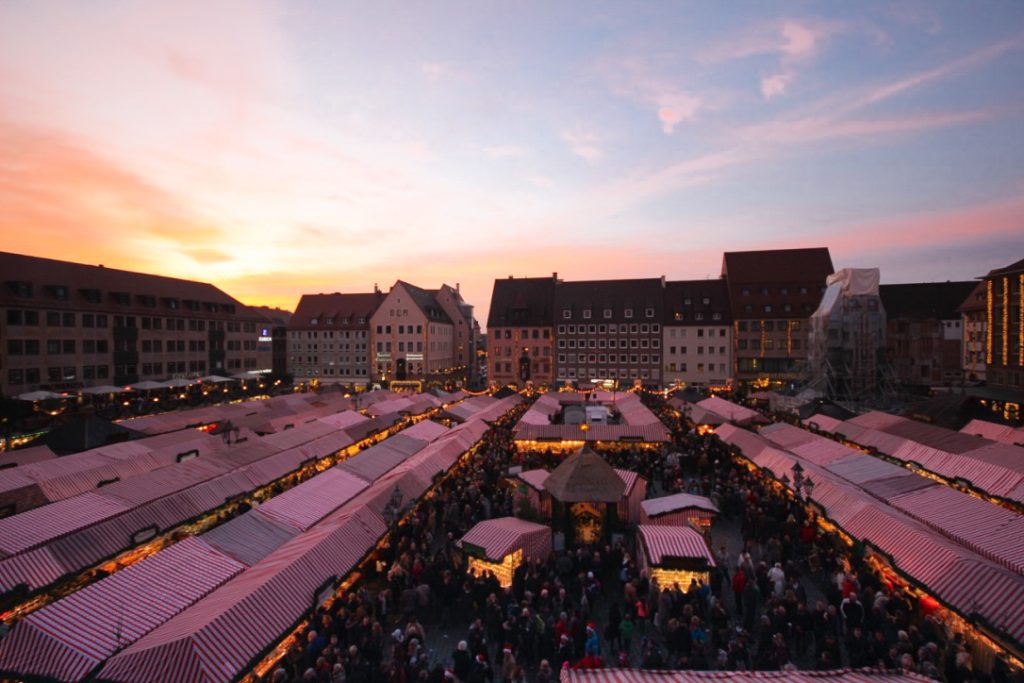
Culinary Delights
Nuremberg’s culinary scene is a treat for food enthusiasts. The city is known for its delicious sausages, gingerbread cookies (Lebkuchen), and hearty Franconian cuisine.
Nuremberg Bratwurst: A Culinary Icon
The Nuremberg Bratwurst, a small and flavorful sausage, is a local culinary icon. Served in sets of six or twelve, these sausages are often enjoyed with sauerkraut and mustard. Trying the Nuremberg Bratwurst is a must for those seeking an authentic taste of the region.
Picturesque Old Town
Nuremberg’s Old Town, with its cobblestone streets and half-timbered houses, exudes a picturesque charm. Exploring the city on foot allows visitors to discover hidden gems, cozy cafes, and vibrant street art.
Albrecht Dürer’s House: An Artist’s Abode
Visit the former residence of the renowned German artist Albrecht Dürer. The museum provides insights into Dürer’s life and work, showcasing his prints, drawings, and personal belongings. It’s a fascinating glimpse into the world of one of the most influential artists of the Northern Renaissance.
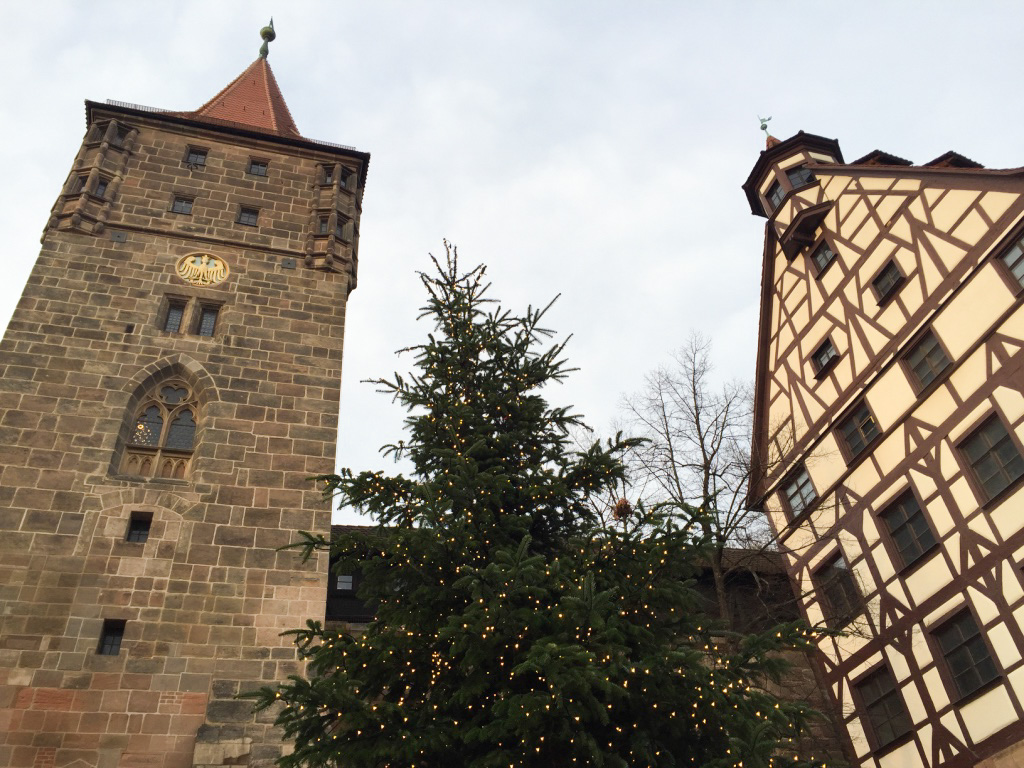
Accessibility and Transportation
Nuremberg’s strategic location and well-connected transportation make it a convenient hub for travelers. The city’s efficient public transportation system and proximity to major attractions make it easy for visitors to explore both within Nuremberg and the surrounding regions.
Easy Connectivity: A Traveler’s Convenience
Nuremberg’s central location in Germany allows for convenient travel by train, making it accessible from various major cities. The Nuremberg Hauptbahnhof, the central railway station, connects the city to other parts of Germany and Europe, facilitating seamless travel for those exploring the region.
1 Day in Nuremberg: The Perfect Nuremberg Itinerary
Nuremberg, a city steeped in history and cultural richness, offers a captivating experience even if you have just one day to explore. This itinerary is designed to make the most of your limited time, ensuring you encounter the highlights of Nuremberg’s medieval charm, cultural attractions, and culinary delights.
Morning: Immerse in Nuremberg’s Medieval Grandeur
Nuremberg Castle and Imperial Castle
Begin your day by exploring the iconic Nuremberg Castle, a symbol of the city’s medieval splendor. Perched atop a hill, the castle complex comprises various buildings showcasing architectural styles spanning centuries. The Imperial Castle, or Kaiserburg, within the complex, served as a significant imperial residence in the Holy Roman Empire. Wander through its courtyards, marvel at the panoramic views of the city, and delve into Nuremberg’s medieval history.
Albrecht Dürer’s House
Adjacent to the castle, visit Albrecht Dürer’s House, the former residence of the renowned German artist. The museum provides a fascinating insight into Dürer’s life and work, featuring his prints, drawings, and personal belongings. Explore the artist’s workshop and gain a deeper understanding of the Northern Renaissance.
Midday: Cultural Exploration and Culinary Delights
Germanisches Nationalmuseum
Head to the Germanisches Nationalmuseum, one of the largest cultural history museums in the German-speaking world. Immerse yourself in Germany’s cultural evolution from the Middle Ages to the present day. The museum’s vast collection includes art, artifacts, and historical objects, providing a comprehensive overview of the country’s rich heritage.
Lunch at a Franconian Eatery
For lunch, savor the flavors of Franconian cuisine at one of the local eateries in Nuremberg’s Old Town. Indulge in specialties such as Nuremberg Bratwurst, a small and flavorful sausage typically served with sauerkraut and mustard. Enjoy a leisurely meal in the charming surroundings of the Old Town.
Afternoon: Historical Insights and Strolls
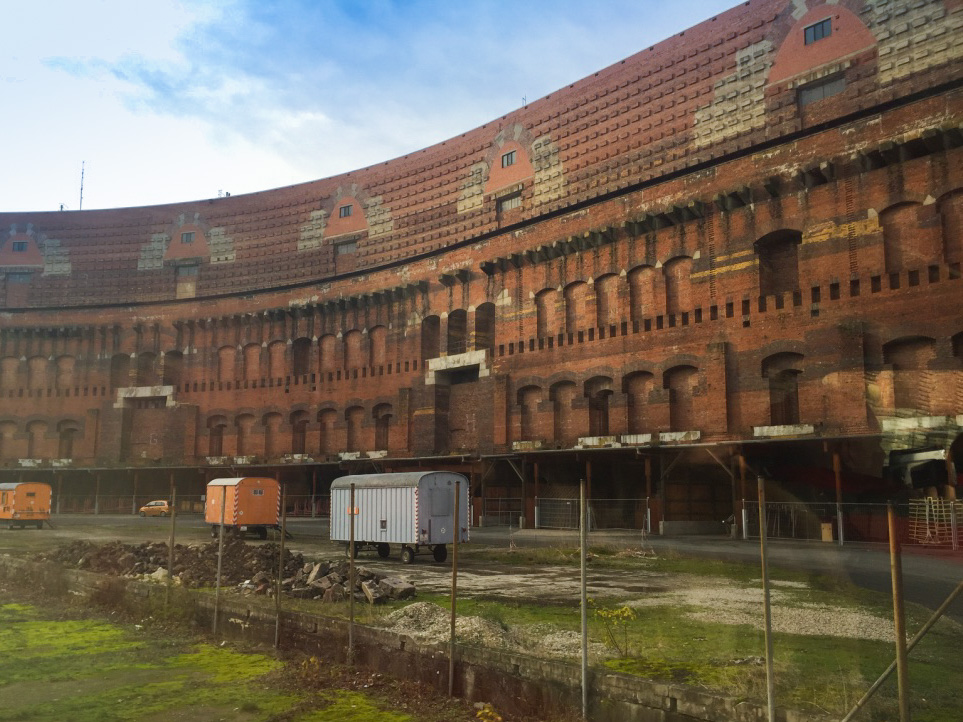
Documentation Center Nazi Party Rally Grounds
In the afternoon, visit the Documentation Center Nazi Party Rally Grounds to gain a sobering yet essential understanding of Nuremberg’s role in World War II history. Located on the former Nazi Party Rally Grounds, the museum provides insights into the rise of the Nazi party and the consequences of their actions. The exhibit offers a reflective experience, emphasizing the importance of historical remembrance.
Stroll Through the Old Town
Take a leisurely stroll through Nuremberg’s Old Town, characterized by cobblestone streets, half-timbered houses, and lively market squares. Explore the picturesque corners, visit local shops, and immerse yourself in the city’s vibrant atmosphere. Don’t miss landmarks like the Beautiful Fountain and the Church of Our Lady (Frauenkirche).
Evening: Festive Markets and Culinary Delights
Christkindlesmarkt
As evening descends, experience the magic of the world-famous Christkindlesmarkt, Nuremberg’s Christmas market. If your visit aligns with the festive season, explore the stalls adorned with ornaments, crafts, and seasonal treats. The market’s enchanting atmosphere, illuminated by lights and filled with the aroma of mulled wine and gingerbread, creates a memorable conclusion to your day.
Dinner at a Local Restaurant
Conclude your day in Nuremberg with a delightful dinner at one of the city’s local restaurants. Whether you choose a traditional Franconian eatery or opt for international cuisine, Nuremberg’s culinary scene offers a diverse range of options. Reflect on your day while enjoying a satisfying meal in the heart of this captivating city.
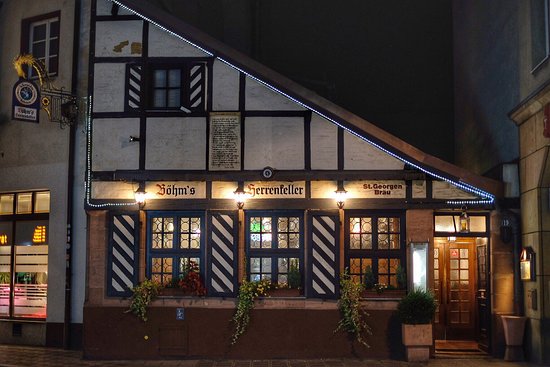
How many days do you need to see Nuremberg?
The ideal duration to explore Nuremberg depends on your travel preferences and the depth of exploration you desire. A well-rounded visit to Nuremberg typically requires at least 2 to 3 days. This allows sufficient time to explore key historical sites, visit museums, savor local cuisine, and immerse yourself in the city’s vibrant atmosphere. However, if you wish to delve deeper into specific aspects or take day trips to nearby attractions, extending your stay to 4 or more days would provide a more leisurely experience.
Which is better Nuremberg or Munich?
The choice between Nuremberg and Munich depends on the type of experience you seek. Nuremberg is known for its well-preserved medieval architecture, historical significance, and vibrant cultural scene. It offers a more intimate and manageable size for exploration. On the other hand, Munich, as the capital of Bavaria, boasts a larger city atmosphere with grand architecture, extensive parks, and a thriving arts and nightlife scene. Both cities have unique charm, so the decision ultimately hinges on whether you prefer the medieval allure of Nuremberg or the dynamic urban environment of Munich.
Is Nuremberg a beautiful city?
Absolutely, Nuremberg is widely considered a beautiful city. The well-preserved medieval Old Town, with its charming half-timbered houses, cobblestone streets, and historic landmarks, contributes to the city’s picturesque ambiance. The Nuremberg Castle, set against the skyline, adds a touch of grandeur. Additionally, the Pegnitz River winding through the city and the lush parks further enhance Nuremberg’s aesthetic appeal. Whether exploring the Old Town or enjoying panoramic views from the castle, visitors are treated to the beauty of Nuremberg’s architectural and natural landscapes.
What is special about Nuremberg?
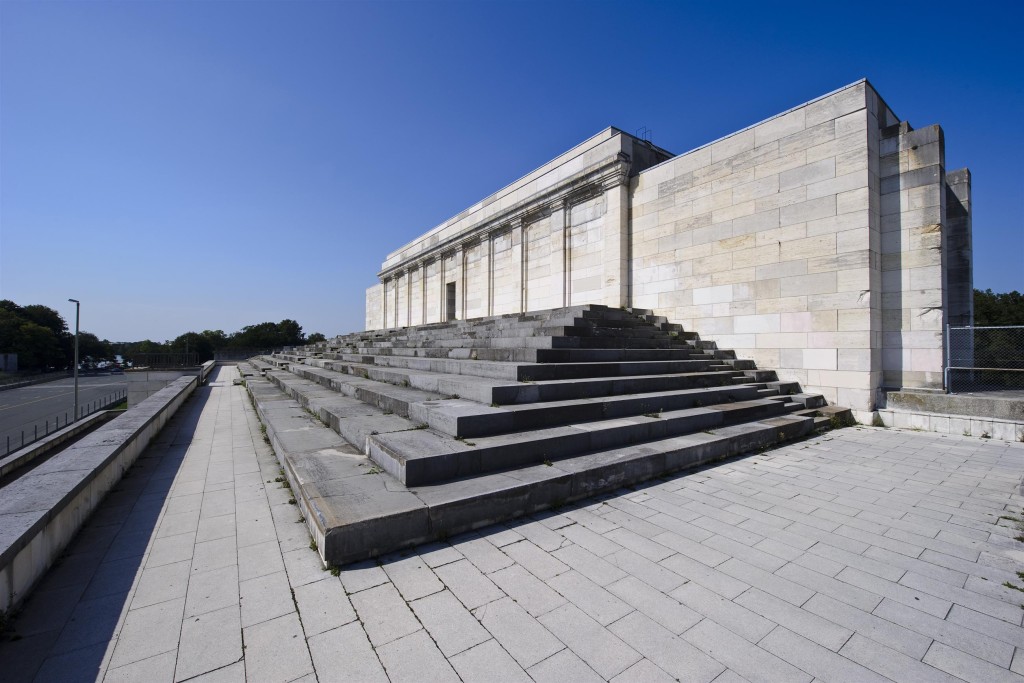
Nuremberg holds special significance due to its rich history, cultural heritage, and unique attractions. Some notable aspects that make Nuremberg special include:
- Historical Significance: Nuremberg played a key role in the Holy Roman Empire and later became associated with pivotal events in World War II. The Nuremberg Trials, held after World War II, added to its historical importance.
- Medieval Architecture: The city’s well-preserved medieval architecture, exemplified by the Nuremberg Castle and the charming Old Town, transports visitors to a bygone era.
- Cultural Attractions: Nuremberg is home to the Germanisches Nationalmuseum, showcasing Germany’s cultural history, and the Documentation Center Nazi Party Rally Grounds, providing insights into a darker chapter of history.
- Christkindlesmarkt: The world-famous Christmas market in Nuremberg, Christkindlesmarkt, is a festive tradition dating back centuries, drawing visitors with its magical atmosphere and holiday delights.
In essence, Nuremberg’s blend of historical significance, cultural richness, and distinctive charm makes it a special destination for travelers seeking a captivating and meaningful experience.
Cost of Living in Nuremberg
Nuremberg, a vibrant city in Germany, offers a diverse lifestyle, but understanding the cost of living is crucial for residents and expatriates. Here’s a breakdown of various expenses you might incur in Nuremberg.
1. Accommodation
| Accommodation Type | Monthly Cost (in EUR) |
|---|---|
| One-Bedroom Apartment | 800 – 1,200 |
| Three-Bedroom Apartment | 1,500 – 2,500 |
| Utilities (Electricity, Heating, Cooling, Water, Garbage) | 150 – 250 |
Rent prices can vary based on the location and amenities provided.
2. Food and Groceries
| Item | Average Cost (in EUR) |
|---|---|
| Basic Groceries (per month) | 200 – 300 |
| Dining Out (per meal) | 10 – 20 |
| Coffee in a Cafe | 2.50 – 3.50 |
Nuremberg offers a mix of grocery stores and local markets, influencing food costs.
3. Transportation
| Transportation Mode | Average Cost (in EUR) |
|---|---|
| Monthly Public Transport Pass | 60 – 70 |
| One-Liter of Gasoline | 1.40 – 1.60 |
| Taxi Start (Normal Tariff) | 3.50 |
Public transportation is efficient and widely used in Nuremberg.
4. Healthcare
| Healthcare Service | Average Cost (in EUR) |
|---|---|
| Doctor’s Visit (No Insurance) | 60 – 80 |
| Health Insurance (Monthly) | 80 – 200 |
| Prescription Medication | Varies |
Germany has a comprehensive healthcare system, and health insurance is mandatory.
5. Entertainment and Leisure
| Leisure Activity | Average Cost (in EUR) |
|---|---|
| Cinema Ticket | 8 – 12 |
| Fitness Club Membership | 20 – 40 |
| Dining at a Mid-Range Restaurant | 30 – 50 |
Nuremberg offers a range of cultural and recreational activities for residents.
Overall Monthly Cost of Living
Considering all expenses, the average monthly cost of living for a single person in Nuremberg ranges between 1,200 to 1,800 EUR, excluding rent. For a family of four, including rent, the average monthly cost can vary between 3,000 to 4,500 EUR. These figures are estimates and can be influenced by personal lifestyle choices.
Understanding the cost of living in Nuremberg is essential for anyone considering relocating to or residing in this dynamic city. Keep in mind that these values are averages, and individual spending habits may vary.
Conclusion
In conclusion, Nuremberg offers a compelling blend of history, culture, and vibrant city life, making it a destination well worth visiting. Whether you are captivated by medieval architecture, intrigued by cultural museums, or enticed by the allure of festive markets, Nuremberg has something to offer every traveler. With its rich historical significance, diverse cultural attractions, and delightful culinary experiences, Nuremberg stands as a destination that leaves a lasting impression on those who choose to explore its enchanting streets and landmarks.
